Trump’s Proposed FY2019 Budget To Gut NASA Astrophysics, Destroying Cutting-Edge Science

There’s no way to frame this as anything other than a disaster for humanity.
This article was originally written one week ago, on the day the FY2019 budget was released by the Trump administration.
Today, February 12th, 2018, is a turning point in the story of the United States of America. Like any other year, the President’s proposal for the next year’s budget was sent to congress for approval. (Full text available here.) However, unlike in most years, this budget contains some radical and unilateral changes to major agencies, including NASA. While there’s a lot to parse here, there are three major changes happening to our space program:
- Five NASA Earth Science missions,
- WFIRST, NASA’s flagship astrophysics mission for the 2020s,
- and NASA’s office of education,
are all slated to be eliminated. If this budget passes as-is, it will represent a catastrophic loss for the scientific community, all at the service of cutting NASA’s already-starved budget by a further 2%.
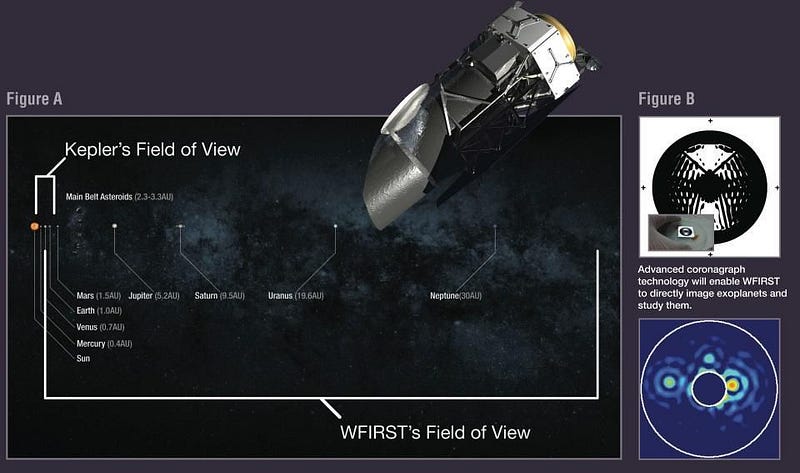
Just a few months ago, President Trump laid out his vision for the future of NASA, with big promises for a human return to the Moon. Without any additional budget for these lofty ambitions, many were skeptical that this would ever happen, and simply predicted it would evaporate with nothing to show for it, as was the case for previous presidents under similar circumstances. Some had speculated that his promises to end NASA’s Earth Observing programs were mere grandstanding for the anti-climate science crowd, but assumed that other major offices would remain untouched. Instead, all for a paltry savings of $338M per year — not nearly enough to begin a new lunar exploration program — the work that hundreds of scientists have been tirelessly laboring on for a generation is about to be destroyed.
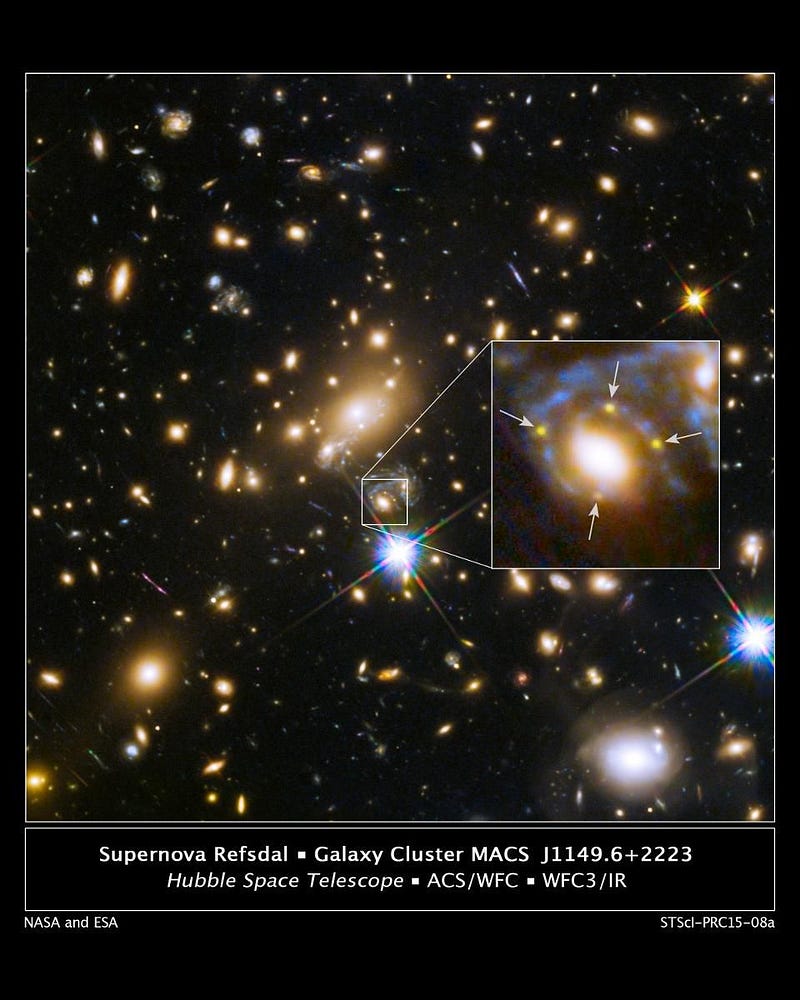
Just last month, at the American Astronomical Society meeting, representatives from NASA, the NSF, and many other public and private agencies laid out the future of science, and the vision was bright. Central among these were many NASA missions, with the flagship decadal missions like Hubble, James Webb, WFIRST, and a number of possibilities for the 2030s at the forefront. At that meeting, Associate Administrator for the Science Mission Directorate of NASA, Thomas Zurbuchen, said the following:
What we learn from these flagship missions is why we study the Universe. This is civilization-scale science… If we don’t do this, we aren’t NASA.
Yet that’s exactly what the budget is proposing: eliminating the flagship mission of the 2020s, WFIRST.
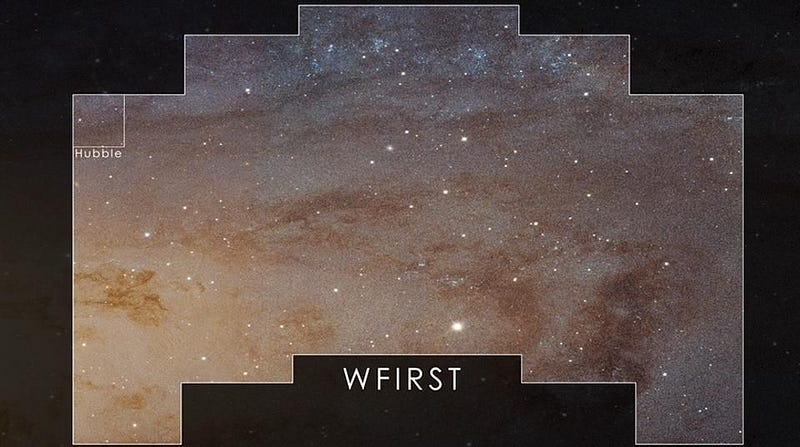
WFIRST is unprecedented: it’s an observatory the size of Hubble, with the same depth, but with more than 50 times the field-of-view. It would be outfitted with two incredible instruments: a wide-field imager and a coronagraph. The imager is capable of surveying huge areas of the Universe to better understand galaxies, the intergalactic medium, dark matter, and dark energy. It would find thousands of new Type Ia supernovae out to unprecedented distances, and determine to better than 1% whether dark energy is a cosmological constant or something more exotic.
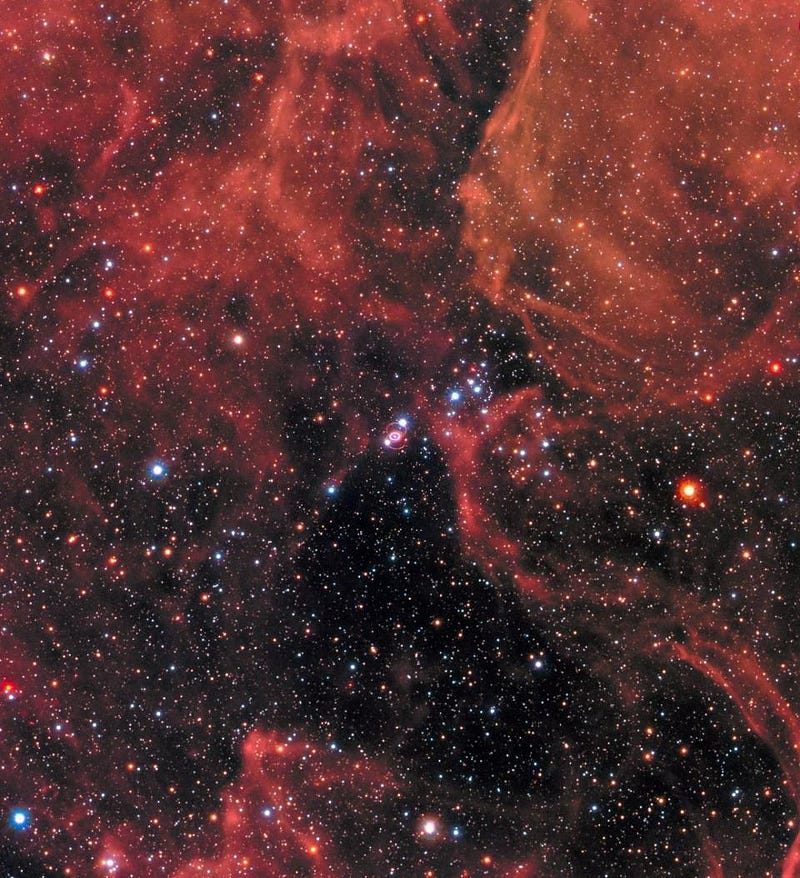
The coronagraph will study the outer regions of solar systems that missions like Kepler could never hope to access, finding gas giants and other large bodies out where worlds like Jupiter, Saturn, Uranus and Neptune are located. It will also use the technique of microlensing; in total, more than 2,000 new exoplanets are expected to be discovered. Everything Hubble can do, WFIRST can do better, wider, faster, and more comprehensively, from nebulae to planets to galaxies to the large-scale Universe as a whole. It will provide a window into our distant past in a way that no other observatory, past, current, or even proposed, can hope to do.
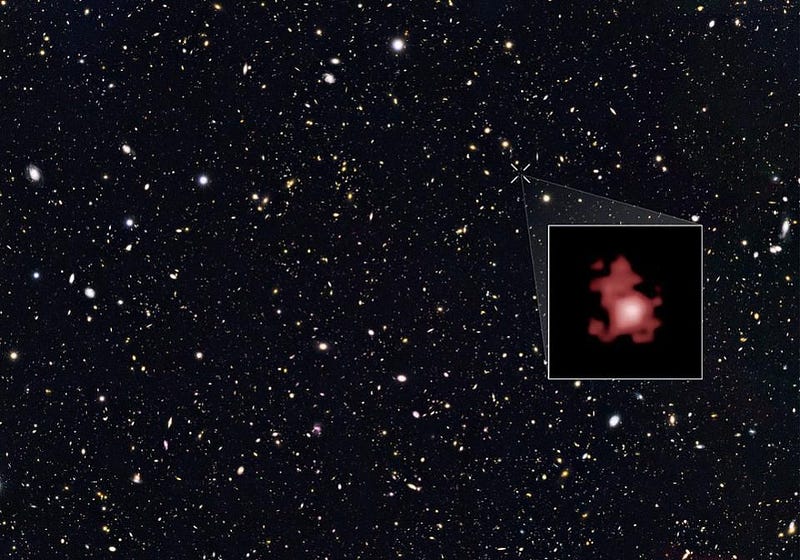
However, if history is any guide, there is a chance to save the mission that the community has worked so hard to bring to fruition over the past 20 years. Paul Hertz, the Astrophysics Director of NASA’s Science Mission Directorate, said the following in a message today to everyone on the WFIRST team:
Congress has regularly been supporting WFIRST for several years with appropriations larger than the President’s request, and this may provide an indication of their reception of this budget proposal. NASA will not slow down its work on WFIRST while the appropriations process plays out. This summer, Congress will mark up the FY19 appropriations bills, which will provide indications as to whether they intend to accept the President’s proposal. When marking up the FY19 budget request, the Congress will consider NASA’s competing priorities; budget decisions will be based on their understanding and assessment of those priorities, including the priority of WFIRST to astrophysics and to the Nation.

Beyond that, the entire Office of Education at NASA will be eliminated, ending grants, scholarship, internships, and educational programs run through schools, museums, and science centers. In addition, this will end five separate NASA Earth Science missions:
- the Radiation Budget Instrument (RBI);
- the Plankton; Aerosol; Cloud; ocean Ecosystem (PACE);
- the Orbiting Carbon Observatory-3 (OCO-3);
- the Deep Space Climate Observatory (DSCOVR)’s Earth-viewing instruments;
- and the Climate Absolute Radiance and Refractivity Observatory (CLARREO) Pathfinder.
These are all satellites focused on measuring various aspects of Earth’s climate, including reflected and emitted light and energy, cloud cover and behavior, and the detection of long-and-short-term climate trends. Under this new budget, they all go away.

In addition, numerous other controversial changes are rife throughout the budget. The International Space Station would be turned, from the perspective of the United States, into entirely a commercial venture. This phases out funding for the ISS far more quickly than even the most austere proposals would have called for. With this sweeping change, our national investment in humanity’s most important and continual presence in space would be abandoned. The National Endowments for the Arts and Humanities would be ended, as would 17 separate Department of Education programs. The Chemical Safety Board would be eliminated. Huge cuts are proposed to the Corporation for Public Broadcasting, National Public Radio, and the U.S. Institute for Peace, among many others. In the meantime, the proposed $1.5T investment in infrastructure isn’t really there, with the federal government only contributing $0.2T to the venture, demanding the rest from state and local governments.

But this does not have to be the final word. Despite the attempted optimism of acting NASA director Robert Lightfoot, no one is happy about this. Lightfoot’s official statement concludes with:
We can’t do everything, and as always, we’ve had to make hard choices, but we will continue to forge new paths and partnerships that strengthen our industrial base and our engagement with other nations to achieve challenging goals that advance our capabilities and increase our security and economic strength.
NASA will continue to deliver on the promise of U.S. ingenuity and proven leadership in space.
In order to become law, the budget must first be reconciled and voted on by both houses of Congress. This is where changes can — and need to — occur. Democracies rise and fall on the actions or inactions of their citizens, and if you’d like to see something different than what’s been proposed, it’s up to you to contact your representatives and let them know what’s important to you. The future of America, of science, and of humanity depends on it.
Ethan Siegel is the author of Beyond the Galaxy and Treknology. You can pre-order his third book, currently in development: the Encyclopaedia Cosmologica.





